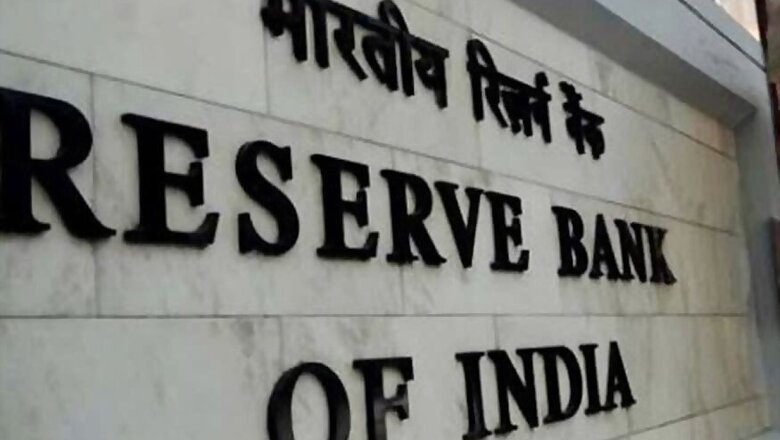
views
An estimated 30 million NRIs living in 160 countries are looking at India for real estate investment opportunities. India has been consistently notching up the top slot in terms of the quantum of expatriate remittance for years now from US$55.6 billion in 2010-11, US$66.1 billion in 2011-12, US$67.6 billion in 2012-13 to US$ 70.38, US$72.2 billion in 2013-14 and US$69 billion in 2015.
A substantial portion of the remittance goes for investment in real estate across India. This is because the NRI investment norms have been considerably eased now. The government has recently approved a proposal allowing investment made by NRIs to be deemed as domestic investment on par with resident investments. It does mean NRI includes OCI cardholders as well as PIO cardholders.
Due to cascading impact of recession over the years, property prices have plateaued and are now stagnant in most of the Indian cities. Home loan lending rates have been reduced with special rates for women homebuyers. Above all, there is no differential pricing for projects whether sold in India or abroad.
For those NRIs holding land parcels or inherited properties in cities, they can enter into real estate development. Moreover, joint venture agreements with leading developers would enable them to convert their land into productive and income generating assets.
A number of developers are undertaking luxury apartment projects and ultra luxury villa projects for the globe-trotting Indians accustomed to enjoying the luxuries of life abroad. Such niche homes are marketed through exclusive road shows abroad.
For the average NRIs looking to invest in apartments or row houses, the timing is appropriate as prelaunch offers are made by several property developers to minimise the working capital needs. An NRI investor can look for a return of 20-25 per cent on his investment while investing in such projects which takes at least 18-24 months for implementation. For medium term investors investing in plotted development projects will get a compounded growth rate of 25-30 per cent per year.
For NRI investors looking to invest in leased commercial property, availability of commercial property investment options is limited particularly in smaller units. The threshold limit for retail investors in commercial property varies from Rs 5 crore to Rs 10 crore (US$770,000 to US$1.5 million) though smaller investments are accepted by a very few developers in the city. The yield varies from 9 to 11 per cent depending on the building, developer, tenant, location, specification and amenities offered in the project.
Investment Norms Eased:
The Reserve Bank has considerably eased investment norms by NRIs/PIOs while investing in real estate. They can buy, sell, gift and inherit immovable property. However, the prohibited categories of properties include agricultural land, plantation property and farmhouse. In the event of sale of immovable property, the authorised dealer may allow repatriation of sale proceeds upto two residential units.
An NRI/PIO may remit an amount, not exceeding US $ 1 million per financial year out of the balances held in NRO accounts. However, the repatriation is subject to production of documentary evidence in support of acquisition, inheritance or legacy of assets and payment of applicable taxes in India.
In a further move to ease the norms, residents can now remit home loan EMI for NRIs. The RBI has also clarified that income and sale proceeds of assets held abroad by the returning NRIs need not be repatriated to India and can be retained and invested outside India.
On the taxation front, wealth-tax has been abolished. On the capital gains received while selling immovable property, the cost inflation index will enable NRIs to minimise tax liability.
(The article is written by V Nagarajan. He is a property consultant and NRI columnist on real estate investment to Indian and overseas publications.)



















Comments
0 comment